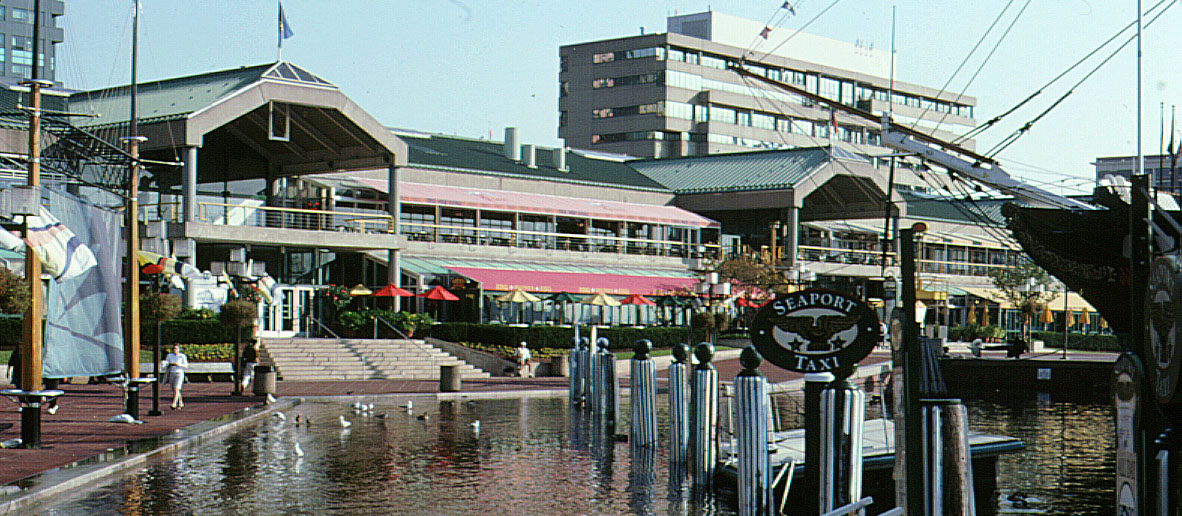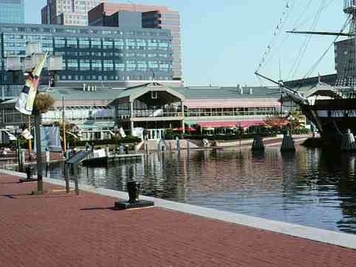
Excerpt from Reclaiming the Waterfront – A Planning Guide for Waterfront Municipalities by the Fund for a Better Waterfront, Craig Whitaker contributing author, published August 1996.
After the Second World War, many Americans left the city for the suburbs. For much of this suburban development, municipal land planning functions have been performed privately. Large suburban projects with newly mapped streets and building parcels on large tracts of land were almost always initiated by private developers. William Levitt began creating whole communities with his three Levittowns. In the current era, developers provided not only infrastructure, homes, offices and shopping, but schools, libraries and recreational areas, as well. All of the construction was done at little or no cost to a local municipality.
Planned unit developments (PUDs) have, in effect, institutionalized the practice of privatizing the planning process. Incorporated into local zoning ordinances, PUDs give developers the extraordinary latitude to come forward with their own proposals for lot layouts and street patterns on any large parcel of land.
Two other events added to the decline of public planning and the increase in government reliance on private initiative. The first was the design and construction of the Seagram Building completed in 1958 on Park Avenue in New York City. The second event was the Rouse Company’s development at the Harborfront in Baltimore, Maryland. Both projects had considerable influence on future waterfront policy.
Highly regarded by architects as a prototypical modern office tower, the Seagram Building introduced a feature that fundamentally changed New York City’s open space policy. The front of this building was set well back from the property line. In the space between the street and the entrance, the architect created an elegant “public” plaza. This arrangement – a private developer creating public open space – underpinned a revision of the New York City’s Zoning Resolution three years later. The new ordinance offered developers the bonus of bigger buildings in return for providing accessible open space.
These incentive zoning regulations in New York City have been in use for the past 35 years. However, many projects built under these regulations illustrate the problems inherent in trying to create “public” space on private land. On some sites, for example, owners later removed benches and erected barriers to deter the public from using the space. I.B.M. has been credited with creating one of the greatest of these “public” plazas at its headquarters on Madison Avenue in Manhattan. But after being sold to a new owner, this midtown oasis is now being converted into a sculpture garden. A food kiosk, most of the tables and chairs, as well as half of the magnificent stand of bamboo greenery have been removed, making it a far less amenable space to the casual visitor. The history of the I.B.M. plaza also illustrates the City of New York’s limited ability to enforce deals negotiated many years ago, often with previous owners.
Harborfront, the “festival marketplace” in Baltimore, has also affected how we view the waterfront. In Baltimore, as was the case in many American cities by the 1960s the inner city waterfront had decayed. The municipal government had limited funds and lacked the wherewithal to attack the problem of redeveloping its waterfront. The time was ripe for someone with a seemingly better idea to take the lead.
The City of Baltimore ceded considerable planning authority to a private developer, the Rouse Company. Built and maintained with private funds, the Harborfront’s “festival marketplace” brought people back to the city’s inner harbor for dining, shopping and recreation. The Rouse organization has successfully used the same formula on several waterfronts since, including South Street Seaport in New York City. This approach – that enlightened private enterprise on its own could redevelop the nations’ waterfronts and open them to the public leaving only a passive and limited role on the part of municipalities – has become a model for much of government’s thinking since.
Nevertheless, the high acclaim and success of Rouse’s waterfront projects have overshadowed a fundamental flaw. In return for taking considerable financial risks, the Rouse Company was given control over property that would otherwise be part of the public domain. Therefore, these waterfront developments were designed to serve the commercial interest of its tenants. Drinking margaritas, eating nachos and shopping at The Gap are the primary basis for being there. Arriving at the water’s edge imparts an ambiguous feeling: is it public or is it really private? As in New York City’s public/private plazas, the water’s edge is not clearly public.


